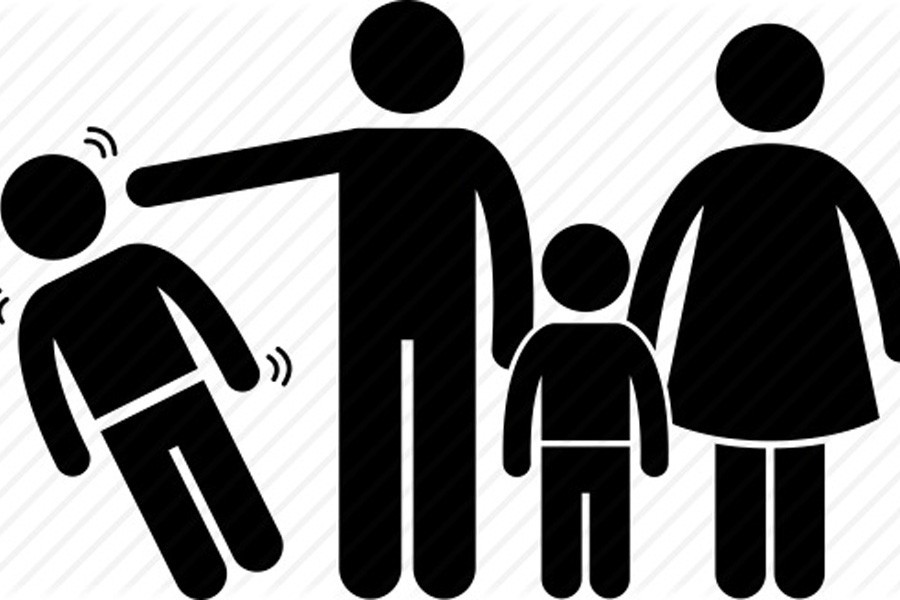An enfant terrible is not necessarily an adorable mischief-monger. In conventional notion, these unpredictable children always remain busy making mischievous plans. In most of the instances, those prove to be innocent pranks. But as the children mature, many of them begin showing traits of bullying. A few thus end up being hoodlums. The boys who throw stones at running trains in Bangladesh, causing state-property damages and injuries to baffled passengers are a case in point. They may have gotten hooked to the dreadful sport by throwing banana peels and other innocuous projectiles at the passing railway carriages. Few objected seriously to this child's play. In a troubling turn of the fun, the boys did not remain confined to hurling harmless objects; because as they matured, they may have been in search of hard-core pastimes. With the troubling combination of adolescent love for thrill and the tendency to scare others occurring in their mind, they had perhaps several options before them. They finally settled for throwing stones at the passengers. The fun may have started occurring at isolated spots. But in course of time they continued to spread to other areas on the two sides of the railway track --- in the rural areas in particular. Eventually, these boys emerged as a terrible nuisance.
Universally, children are viewed as synonymous with everything unblemished. But a child cannot necessarily be considered an epitome of innocence. A flawed upbringing drives many adolescent boys and girls to go astray. It's mainly bad parenting or total lack of it, a troubled community environment and wrong association which are considered reasons teenagers take to unconscionable practices. These include a fascination for cruelty and acts of excessive derring-do. A section of adults are seen abetting these cruelties. It is them, like in Sub-Saharan Africa and in many parts of the world, who recruit children for blood-spilling battles. Thus the children take their lessons in cruelty. Killing humans, here enemies, becomes a normal exercise for them.
Child cruelty has been a global scourge for decades. Lately it has emerged with all its hideous features in many developed countries. Acts like spraying bullets on fellow students by another at schools occur frequently in some of these countries. Social thinkers hold the lax gun control law responsible for these mindless carnages. They also single out several upbringing-related factors that affect the teenagers. They range from troubled families, substance addiction, exposures to gory spectacles of savagery online to detachment from community life.
The adolescent characters in William Golding's novel 'Lord of the Flies' get involved in a lot of cruelties. Outwardly, or in the eyes of an onlooker, these acts might seem innocent mischief, albeit in an excessive form. But a section of readers and critics may adopt a stern position. They would call a spade a spade, and keep euphemism at bay. Golding's novel is the first ever detailed portrayal of child cruelty, which has been occurring since ancient times.
Against the backdrop of the acts of child cruelty and the eventual criminalities around the world, the legal systems are not lenient to the erring children. However, in most of the countries juvenile delinquency does not end in conventional trials and serving time in jail. Sending the spoiled adolescents to correction and rehabilitation centres has emerged as the widely followed practice. The point to ponder here is child cruelty has long been troubling mankind. Since it affects a vulnerable segment in society which is viewed as the future of a nation, children turning compulsive ruffians cannot be taken lightly. The issue does deserve to be addressed as a great social problem. The imperative also fits into Bangladesh reality.


